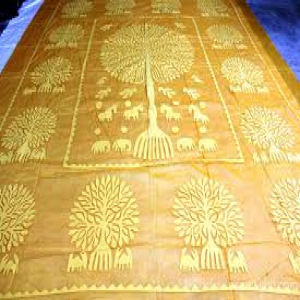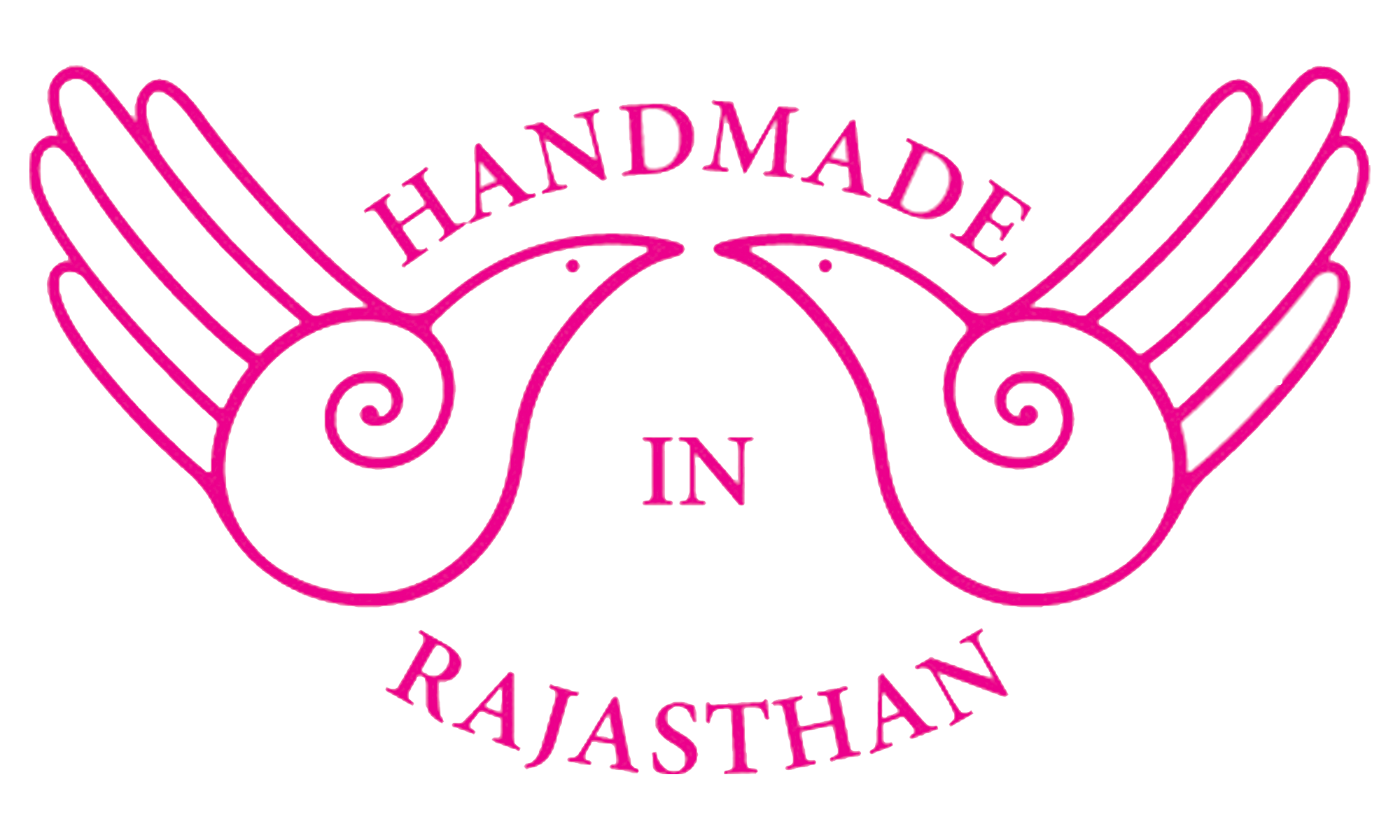- Home
- About US
- Art and Craft
- Artisans
- Master Crafts Persons
- Supporting Institutions
- News and Events
- Schemes
- Contact us
- Contact

Patchwork and appliqué are very ancient techniques and sometimes referred to asone. The only difference between them is that patchwork or piecework is theprocess of seaming small pieces of fabric in to a larger whole, while appliqué is theprocess of sewing smaller pieces of fabric onto a larger background fabric. It is atechnique of forming a single pattern with different pieces of cloth. Pieces offabric are applied on top of another for decorative or functional purposes. Appliqué is an ancient technique of creating beautiful and decorative items with different pieces of cloth. Nomadic people of the desert have long pieced together their tents and even decorated them with elaborate appliqué. Festive patchwork textiles created for special occasions are found in many places throughout India. Pieced and appliquéd household items are made by women for dowries. These objects include decorative bags, pillows and sitting mats. Appliqué played a part in religious textiles as well. It has long been used to make decorative clothing, because most clothing is used until it is worn out and then again reused to create beautiful patterns out of the worn fabric. This serves both economic and decorative purposes. Small pieces of fabric are cut and joined side by side to make a large piece of fabric or for repairing a damaged fabric. The craft seems to have been prevalent all over India. “ In all periods there are to be found in pieced quilts both unique and conventional designs; within the framework of the latter each maker had full liberty in terms of colors, arrangements, sizes of the blocks and her own variations.Patchwork and appliqué are done in many different geographical regions of Indiawith each area having its own particular local aesthetic. The main centers wherethe crafts are practiced are:
• Rajasthan: Barmer, Jodhpur, Ranthambore and Jaisalmer
• Gujarat: Kutch
• Bihar
• Himachal Pradesh: Kangra and Chamba
• Karnataka
• Orissa: Pipli
Each of these regions used their distinct styles and colour palettes to createdecorative designs. These old patterns can be found in museums; there are a fewpieces that are still remaining with the craftspeople. They still use traditionalmotifs and unique colour schemes when making products for their own use.

